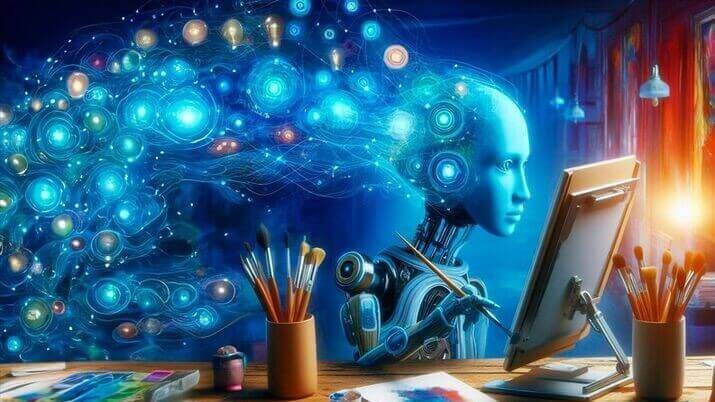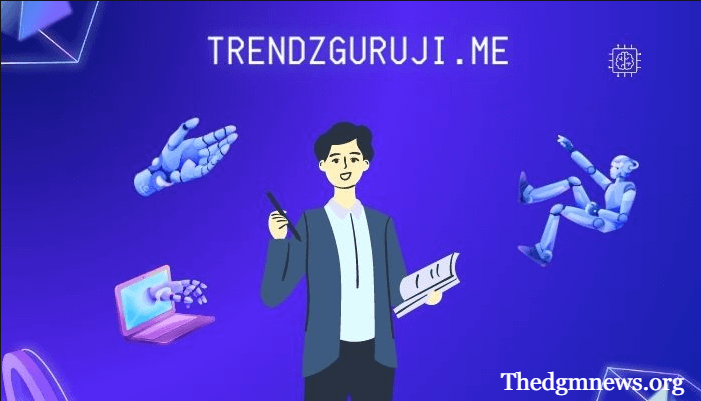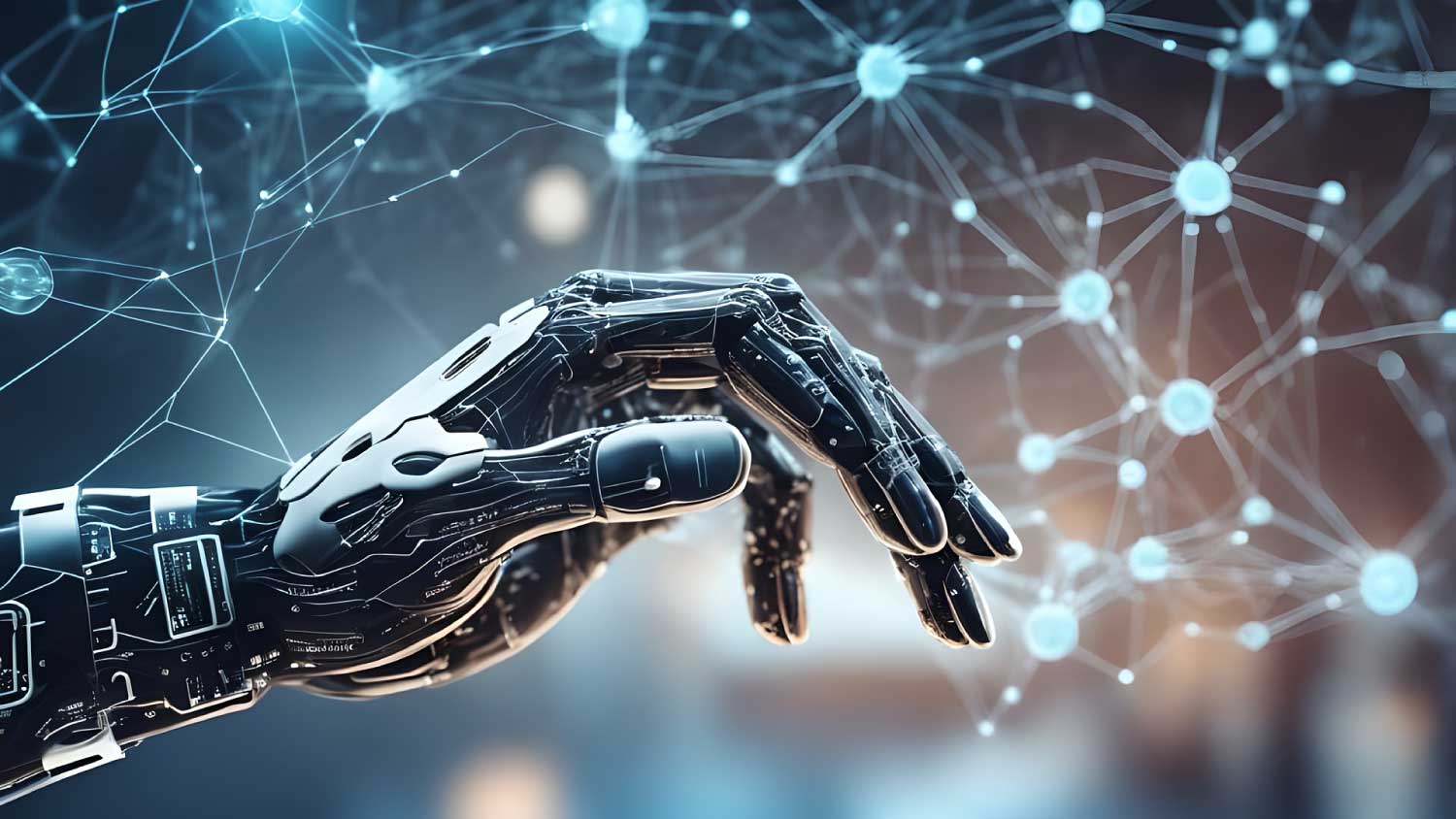The animation industry, long celebrated for its boundless creativity and visual storytelling, is undergoing a significant transformation.
With the integration of artificial intelligence (AI), traditional workflows are being reimagined, making the animation process faster, more accessible, and impressively efficient. From character rigging to lip-syncing, AI is not just a tool—it is becoming a creative partner.
At the heart of this shift is the desire to streamline labor-intensive tasks and unlock new creative possibilities. As studios, independent creators, and marketers seek innovative ways to produce animated content, AI-powered solutions are rising to meet demand.
These changes aren’t only benefiting big production houses; they’re also opening doors for small creators and educators to bring animated ideas to life with fewer resources.
Traditional Animation vs. AI-Augmented Animation
Traditionally, animation has required extensive manual effort—frame-by-frame drawing, keyframe animation, and detailed post-production work. This time-consuming process often involved large teams of animators and editors, especially for complex scenes.
AI is reducing that friction. Using machine learning algorithms, AI tools can now automate many of these labor-intensive tasks. For example, motion capture data can be used more intelligently with AI to animate characters in real time, while generative algorithms help render backgrounds or simulate physics-based movements with little to no manual intervention.
Rather than replacing human animators, AI augments their abilities. It reduces the time spent on repetitive work, allowing artists to focus on story development, design, and direction—areas where human intuition still leads.
Emerging Use Cases in Storytelling and Content Creation
AI’s impact on animation is perhaps most visible in content creation. Digital storytellers are using AI to turn scripts into visual scenes, synthesize voiceovers, and even add expressive facial movements to characters.
For instance, animating a full explainer video or short film, which once took weeks, can now be accomplished in a matter of hours.
This speed and efficiency are particularly valuable in industries like marketing, education, and social media. Brands are embracing AI-assisted animation for creating explainer videos, product demos, and branded storytelling.
Educational platforms are leveraging animated content to make learning more engaging, particularly for younger audiences.
Moreover, AI enables real-time personalization of animations. For instance, content tailored to individual viewers—like different character designs, spoken languages, or emotional tones—can now be generated dynamically using AI. This adaptability enhances user engagement across platforms.
How AI Is Empowering Individual Creators
Perhaps one of the most significant shifts is the empowerment of individual creators. Freelancers, YouTubers, educators, and social media influencers are now able to produce high-quality animated content without needing the resources of a large studio.
The democratization of animation has come through intuitive interfaces and accessible pricing models. With minimal technical knowledge, users can animate characters, sync voices, and even design backgrounds using AI-powered platforms.
This is especially useful for creators who need to meet fast production cycles or work with tight budgets.
Among the many emerging tools in this space, invideo AI stands out by offering an intuitive ai animation generator, which helps users convert their ideas into engaging animated sequences.
By simplifying animation production, tools like this make it possible for even non-designers to build visually appealing stories for various platforms.
Enhancing Real-Time Collaboration and Workflow
Another crucial development is how AI is enhancing collaborative workflows. Cloud-based animation platforms with AI features allow team members to work on different aspects of a project simultaneously.
AI algorithms can help synchronize voiceovers with character animations, suggest scene transitions, or flag inconsistencies in frames.
For animation studios, this means shorter production timelines and reduced costs. For distributed teams, it creates opportunities to collaborate globally in real time without the delays that often come with traditional rendering or post-production pipelines.
Even quality control is getting an upgrade. AI-powered analysis tools can evaluate motion smoothness, detect anomalies, or simulate audience responses, allowing teams to fine-tune projects before they go live.
Ethical and Creative Challenges Ahead
While the benefits are clear, the rise of AI in animation also brings challenges. One of the biggest concerns is the potential for overreliance on automation, which might dilute creative originality.
As AI-generated animations become more prevalent, ensuring that storytelling remains fresh and emotionally resonant will require human oversight.
There are also concerns around intellectual property, especially when AI is trained on publicly available animations or artworks. Who owns the final output? And how can creators ensure their work isn’t unknowingly used to train competing AI models?
Navigating these questions will be essential as the industry evolves. Responsible development, transparent training data usage, and clear licensing agreements will play a central role in building trust in AI-powered animation.
The Role of AI in Mobile and On-the-Go Creativity
The growing accessibility of video apps has also contributed to the expansion of animation beyond desktops. Creators can now storyboard, animate, and edit content directly from their smartphones or tablets.
These apps often come integrated with AI features like auto-captioning, lip-syncing, or even scene prediction, making it possible to build and share professional-grade animations while on the move.
Such advancements are crucial in today’s fast-paced content ecosystem. Marketers and content creators who rely on quick turnaround times now have the tools to meet deadlines without compromising on quality.
AI video apps also promote inclusivity, allowing creators from non-technical backgrounds to express their ideas visually.
Looking Ahead: A Hybrid Creative Future
The animation industry is in the midst of a paradigm shift—one that combines human creativity with machine intelligence.
While AI cannot replicate the nuanced storytelling that only a human mind can offer, it can serve as a powerful assistant, accelerating production and lowering barriers to entry.
This hybrid model—where machines handle the mechanical aspects of animation and humans focus on emotional resonance and narrative depth—holds the potential to redefine how stories are told and who gets to tell them.
In the years to come, expect to see more interactive, real-time, and hyper-personalized animated experiences powered by AI.
Whether it’s through short-form content on social media, educational modules, or immersive entertainment, artificial intelligence is not just transforming animation—it is broadening the very definition of what animation can be.



